POWER
Hi-Temp
12
3
INT
EXT
4/HA
Esc Enter
123 4/HA INTERNAL EXTERNAL
Connector Type Speed Protocol Description
Internal SC 1000Base-SX Ethernet Multimode fiber optic connection to the internal network.
External SC 1000Base-SX Ethernet Multimode fiber optic connection to the Internet.
1 to 3 RJ-45 10/100Base-T Ethernet Optional connection to other networks.
4/HA RJ-45 1000Base-T Ethernet
Optional copper gigabit connection to another network, or to
other FortiGate-3000 units for high availability (HA).
CONSOLE DB-9 9600 bps
RS-232
serial
Optional connection to the management computer.
Provides access to the command line interface (CLI).
FortiGate-3000 LED indicators
Factory defaults
LED State Description
Power
Green The FortiGate-3000 unit is powered on.
Off The FortiGate-3000 unit is powered off.
Display Panel
and Interface LEDs
Green
The correct cable is in use and the connected
equipment has power.
• 1, 2, or 3 connect at up to 100 Mbps.
• 4/HA connects at up to 1000 Mbps.
Flashing
Green
Network activity at this interface.
Off No link established.
Interface
Internal
External
192.168.1.99
192.168.100.99
0.0.0.0
NAT/Route mode IP addresses
IP
Transparent mode IP address
admin (none)
Administrator account settings
User Name Password
MANAGEMENT IP 10.10.10.1
Interface IP
1 to 4/HA
Connect the FortiGate-3000 unit to a power outlet and to the internal and external networks.
NAT/Route mode
In NAT/Route mode, each FortiGate-3000 unit is visible to the networks that it is
connected to. All of its interfaces are on different subnets. Each interface that is
connected to a network must be configured with an IP address that is valid for that
network.
You would typically use NAT/Route mode when the FortiGate-3000 unit is deployed as
a gateway between private and public networks. In its default NAT/Route mode
configuration, the unit functions as a firewall. Firewall policies control communications
through the FortiGate-3000 unit. No traffic can pass through the FortiGate-3000 unit
until you add firewall policies.
In NAT/Route mode, firewall policies can operate in NAT mode or in Route mode. In
NAT mode, the FortiGate-3000 unit performs network address translation before IP
packets are sent to the destination network. In Route mode, no translation takes place.
Transparent mode
In Transparent mode, the FortiGate-3000 unit is invisible to the network. All of its
interfaces are on the same subnet. You only have to configure a management IP
address so that you can make configuration changes.
You would typically use the FortiGate-3000 unit in Transparent mode on a private
network behind an existing firewall or behind a router. In its default Transparent mode
configuration, the unit functions as a firewall. No traffic can pass through the
FortiGate-3000 unit until you add firewall policies.
You can connect up to 6 network segments to the FortiGate-3000 unit to control traffic
between these network segments.
FortiGate-3000 Unit
in NAT/Route mode
Route mode policies
controlling traffic between
internal networks.
Internal network
DMZ network
Internal
192.168.1.99
Port 3
10.10.10.1
192.168.1.3
10.10.10.2
External
204.23.1.5
NAT mode policies controlling
traffic between internal and
external networks.
Internet
POWER
Hi-Temp
12
3
INT
EXT
4/HA
Esc Enter
123 4/HA INTERNAL EXTERNAL
Internal network
10.10.10.3
FortiGate-3000 Unit
in Transparent mode
10.10.10.1
Management IP
Internal
10.10.10.2
Transparent mode policies
controlling traffic between
internal and external networks
204.23.1.5
(firewall, router)
Gateway to
public network
Internet
POWER
Hi-Temp
12
3
INT
EXT
4/HA
Esc Enter
123 4/HA INTERNAL EXTERNAL
Before beginning to configure the FortiGate-3000, you need to plan how to integrate the unit into
your network. Your configuration plan is dependent upon the operating mode that you select:
NAT/Route mode (the default) or Transparent mode.
Web-based
manager &
Setup Wizard
The FortiGate web-based
manager Setup Wizard
guides you through the
initial configuration steps.
Use it to configure the administrator password, the
interface addresses, the default gateway address, and
the DNS server addresses. Optionally, use the Setup
Wizard to configure the internal server settings for
NAT/Route mode.
Requirements:
• Ethernet connection between the FortiGate-3000
and management computer.
• Internet Explorer version 6.0 or higher on the
management computer.
Command Line
Interface (CLI)
The CLI is a full-featured
management tool.
Use it to configure the
administrator password,
the interface addresses,
the default gateway
address, and the DNS
server addresses. To
configure advanced settings, see the Documentation
CD-ROM.
Requirements:
• Serial connection between the FortiGate-3000 and
management computer.
• A terminal emulation application (HyperTerminal for
Windows) on the management computer.
Control
Buttons &
LCD
The control buttons and LCD are located on the front
panel of the FortiGate-3000. Use them to configure the
internal, external and DMZ (Port 3) interface addresses,
and the default gateway address. To configure the other
interface addresses, the DNS server addresses and
other settings, use the web-based manager, or the CLI.
Requirements:
• Physical access to the FortiGate-3000.
Choose among three different tools to configure the FortiGate-3000.
QuickStart Guide
FortiGate-3000
Check that the package contents are complete.
1, 2, 3, 4/HA
Interface
External
Interface
Internal
Interface
Front
Back
Power
Supply
LEDs
Power
Connections
Power Cables (2)
Rack-Mount Brackets
Null-Modem Cable
(RS-232)
Documentation
Ethernet Cables:
Orange - Crossover
Grey - Straight-through
USER MANUAL
FortiGate-3000
QuickStart Guide
Copyright 2003 Fortinet Incorporated. All rights reserved.
Trademarks
Products mentioned in this document are trademarks.
POWER
Hi-Temp
12
3
INT
EXT
4/HA
Esc Enter
LCD
Display
Control
Buttons
123 4/HA INTERNAL EXTERNAL
RS-232 Serial
Connection
Alarm
Cancel
Button
POWER
Hi-Temp
12
3
INT
EXT
4/HA
Esc Enter
123 4/HA INTERNAL EXTERNAL
• Mount the unit in a standard 19-inch rack. It requires 2 U of vertical space in
the rack.
• Make sure the power switch on the back of the unit is turned off before
connecting the power and network cables.
• MAIN MENU appears when the unit is up and running.
• If only one power supply is connected, an audible alarm sounds to indicate
a failed power supply. To stop this alarm, press the red alarm cancel button
on the rear panel next to the power supplies.
POWER
Hi-Temp
12
3
INT
EXT
4/HA
Esc Enter
123 4/HA INTERNAL EXTERNAL
Straight-through Ethernet cables
connect to other networks
SC fiber optic cable
connects to internal network
SC fiber optic cable connects to Internet
Optional null modem cable connects
to serial port on management computer
Power cables connect
to power outlets
Checking the package contents
Checking the package contents
1
Connecting the FortiGate-3000
2
Planning the configuration
3
Choosing a configuration tool
4
© Copyright 2004 Fortinet Incorporated. All rights reserved.
Trademarks
Products mentioned in this document are trademarks or registered trademarks of their respective holders.
Regulatory Compliance
FCC Class A Part 15 CSA/CUS
03 November 2004
For technical support please visit http://www.fortinet.com.
Refer to the Documentation CD-ROM for information on how to control traffic, and how to configure HA, antivirus protection, Web content filtering, Spam filtering, intrusion
prevention (IPS), and virtual private networking (VPN).
01-28005-0040-20041103
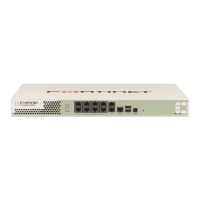

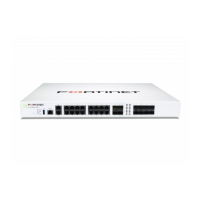
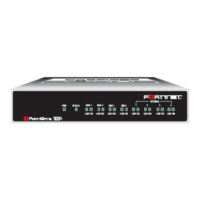
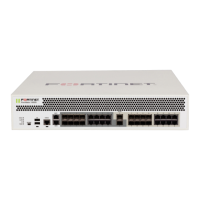
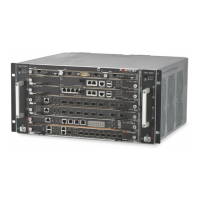

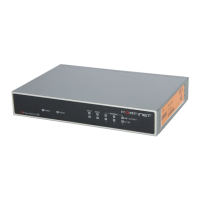
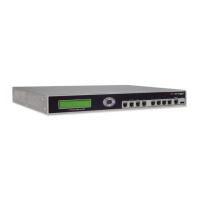
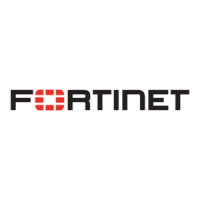
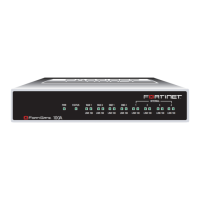

